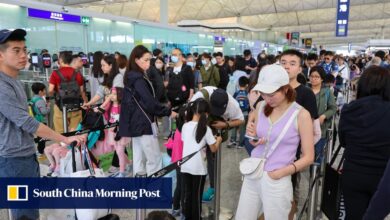‘People are scared of Japanese seafood’: Hong Kong restaurants bear brunt of imports ban following Fukushima waste water row
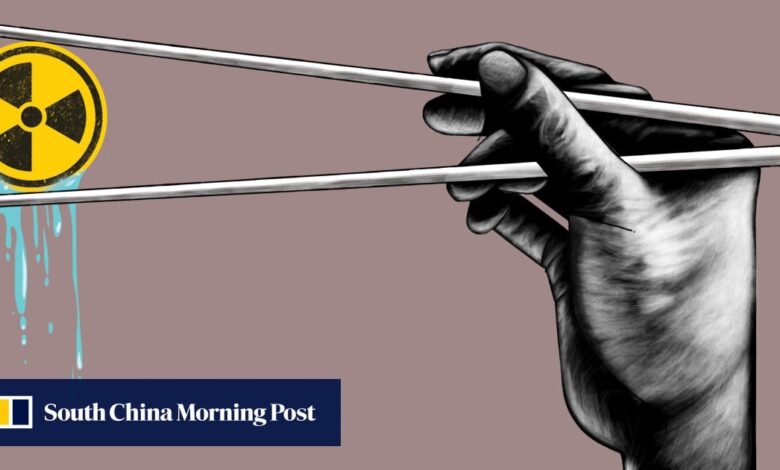
[ad_1]
For now, however, there is no telling how long Hongkongers’ worries about Japanese seafood will last and the city’s 4,000 eateries offering the country’s cuisine are bearing the brunt.
Hong Kong banned seafood imports from 10 Japanese prefectures on August 24, when the country began releasing 1.34 million tonnes of treated nuclear waste water into the Pacific Ocean.
Hong Kong ban on Japanese seafood to remain in place until products proved safe
Hong Kong ban on Japanese seafood to remain in place until products proved safe
The discharge was part of the decommissioning of the nuclear plant which was severely damaged during an earthquake and tsunami in 2011.
The first release of 7,800 tonnes of waste water was completed on September 11, with the second round scheduled for Thursday.
Japan’s action triggered a scientific debate over safety and heightened political tensions in the region after mainland China, Hong Kong and Macau banned seafood imports.
Analysts said Japan’s lack of transparency about its data, doubts over the effectiveness of its filtration processes and public misinformation on nuclear technology only worsened matters.
Japan insisted it had not been irresponsible, saying it decided to release the treated waste water after years of careful monitoring.
The International Atomic Energy Agency (IAEA), the global nuclear body, said in July the release would have a “negligible” impact on the environment, and promised to provide live data online and monitor the situation on-site.
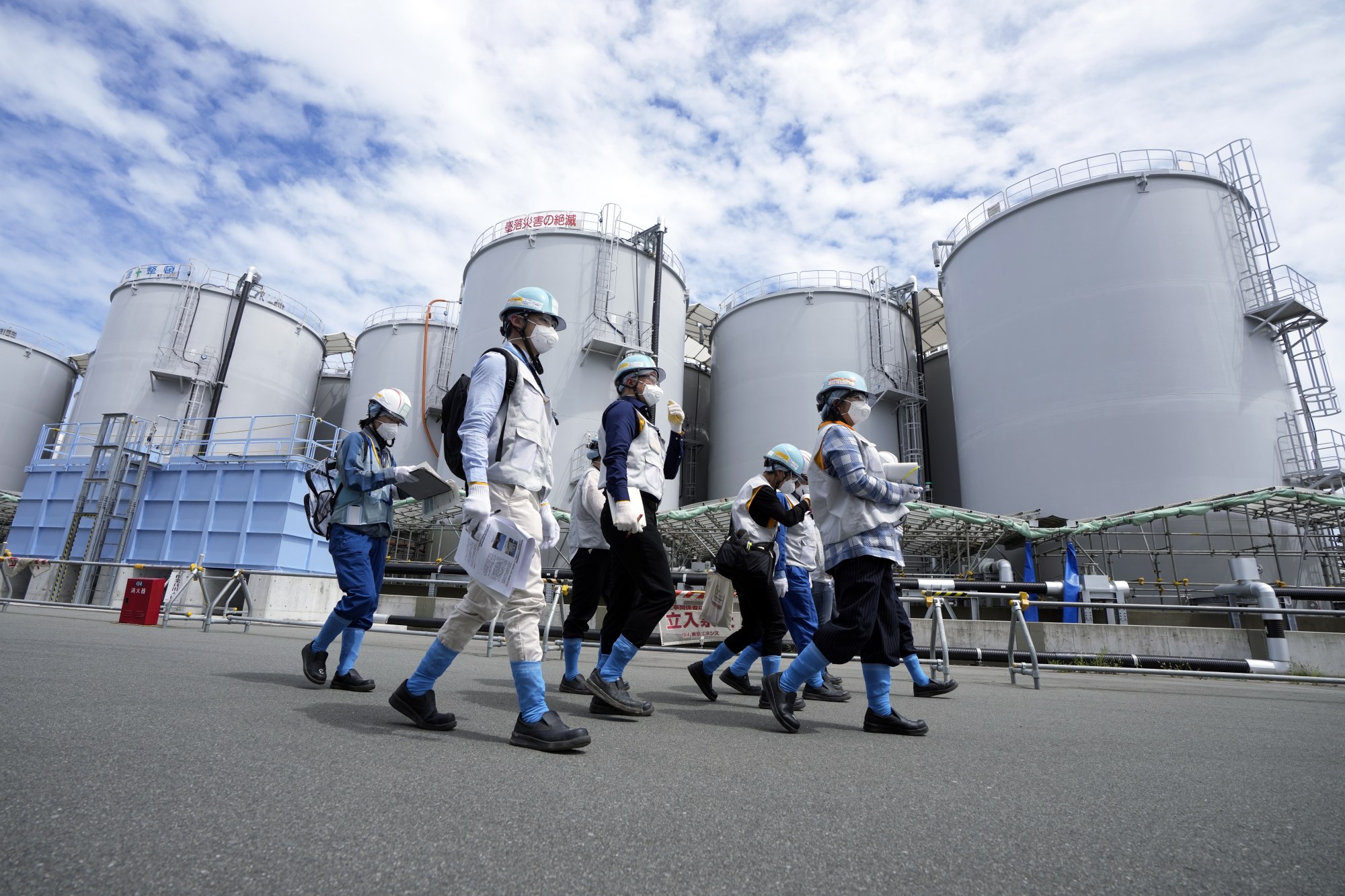
On August 24, Japan began releasing about 1.34 million cubic metres of water – enough to fill about 540 Olympic-sized swimming pools – that had been sealed in the nuclear plant since it was damaged 12 years ago.
On the same day, Hong Kong banned the import of all fresh, frozen, chilled, dried or processed seafood, sea salt and seaweed from Tokyo, Fukushima, Chiba, Tochigi, Ibaraki, Gunma, Miyagi, Niigata, Nagano and Saitama. The mainland and Macau imposed more wide-reaching bans.
The mainland, Japan’s largest market for fisheries products, imported 87.1 billion yen (US$588 million) worth of seafood from the country last year. Imports to Hong Kong, the second-largest market, were worth about 75.5 billion yen last year.
Why China’s ban on Japanese seafood because of Fukushima water could backfire
Why China’s ban on Japanese seafood because of Fukushima water could backfire
Secretary for Environment and Ecology Tse Chin-wan said the city was taking a conservative approach for the sake of public health and had limited import restrictions to high-risk coastal prefectures and neighbouring areas, even if landlocked.
Tse had publicly slammed Japan’s decision multiple times, comparing the discharge to “dumping trash at their neighbours’ doorstep”.
Testing for all Japanese seafood products was ramped up and authorities said the ban would not be lifted until laboratory checks showed that food from the 10 prefectures was safe.
The Centre for Food Safety told the Post it was testing for radioactive elements called radionuclides, such as iodine-131, caesium-134 and caesium-137, and checking the presence of other substances such as tritium.
So far, all food samples tested by the centre have been satisfactory.
A group of more than 90 marine laboratories in the US called for the discharge to be stopped, accusing Japan of treating the ocean like a dumping ground for pollutants.
But nuclear scientists around the world have supported Tokyo’s position that the discharge would have limited health effects and that its processing system was one used by nuclear plants for decades.
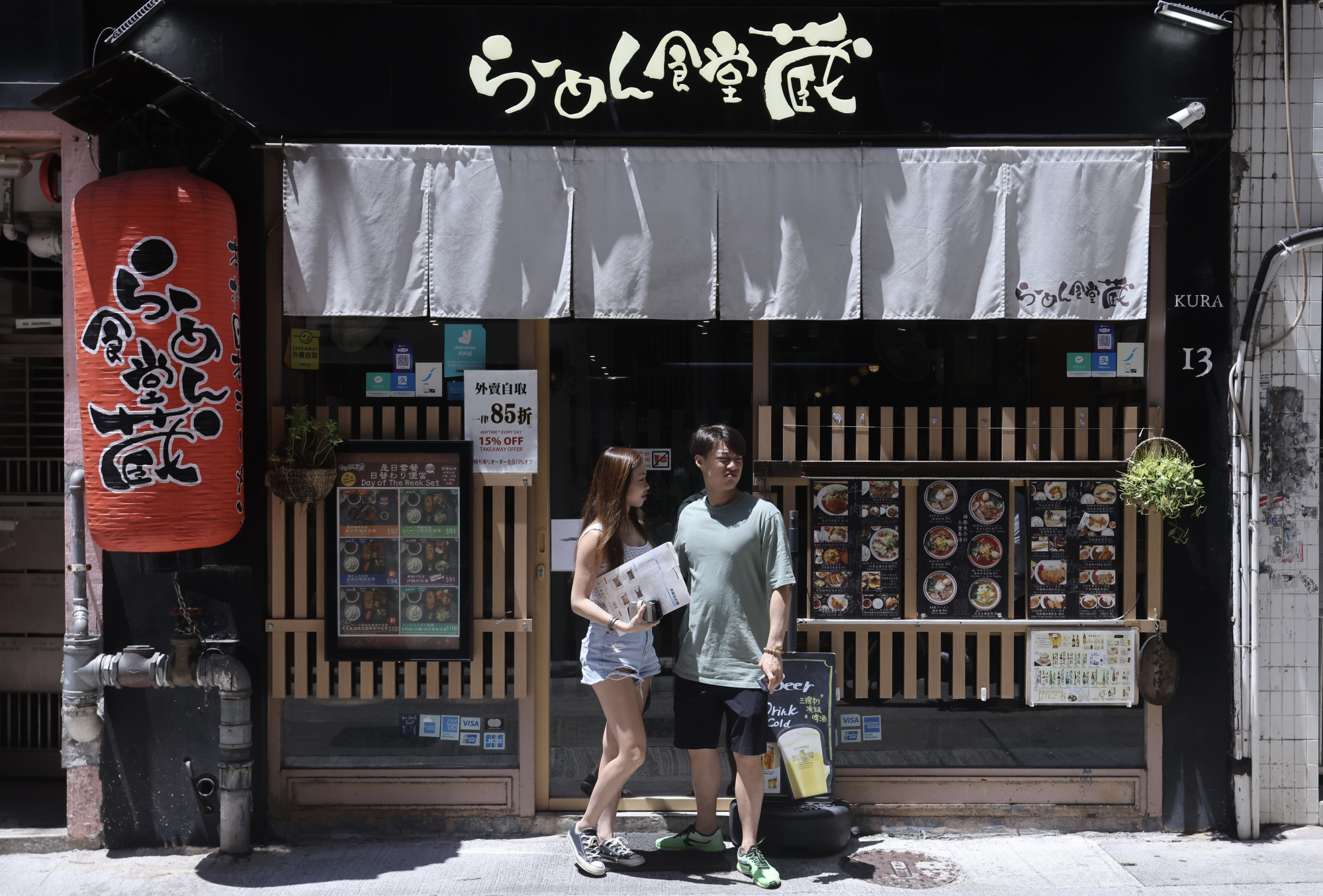
The Philippines, Taiwan and South Korea have come out supporting Japan, despite an outcry from their opposition, fishermen and green groups.
French national Julien de Troullioud de Lanversin, a nuclear researcher at Hong Kong University of Science and Technology, said there was a lot of ignorance and misunderstanding surrounding radioactivity and nuclear technology.
“All around the world, nuclear technology tends to be the technology that can trigger the most incomprehension, mistrust and fear. There is a bad track record of transparency from nuclear authorities, and the association with violent nuclear weapons,” he said.
What’s wrong with radiation readings at the Fukushima power plant?
What’s wrong with radiation readings at the Fukushima power plant?
“Radiation is invisible. People don’t understand radioactivity which is associated with very gloomy and dark outcomes like mutation and cancer. That makes people much more irrational and afraid of those risks.”
He thought banning Japanese food imports was unnecessary and the central and Hong Kong governments had tapped into public fear to politicise the issue.
“There might be a certain logic behind Hong Kong’s ban, but it doesn’t mean it’s justified,” he said.
‘Lack of transparency is worrying’
When Japan announced in 2021 that it would be releasing the Fukushima waste water, there were already concerns about the Advanced Liquid Processing System (ALPS) used at the damaged nuclear plant.
Its Ministry of Economy, Trade and Industry estimated in 2020 that about 70 per cent of the nuclear waste water filtered through the system would need secondary processing to reduce the level of radionuclides.
Japan claimed it had since improved the filtration system, but past failures led critics, including Hong Kong Chief Executive John Lee Ka-chiu, to slam Tokyo’s “irresponsible” discharge into the sea.
A look at Hong Kong’s response to the Fukushima waste water discharge plan
A look at Hong Kong’s response to the Fukushima waste water discharge plan
Last December, the US National Association of Marine Laboratories raised concerns, saying: “The supporting data provided by the Tokyo Electric Power Company (Tepco) and the Japanese government are insufficient and, in some cases, incorrect, with flaws in sampling protocols, statistical design, sample analyses, and assumptions.”
Critics highlighted Tepco’s poor track record of data transparency and questioned if its processing system was sufficiently effective to remove radioactive substances from such a large quantity of waste water.
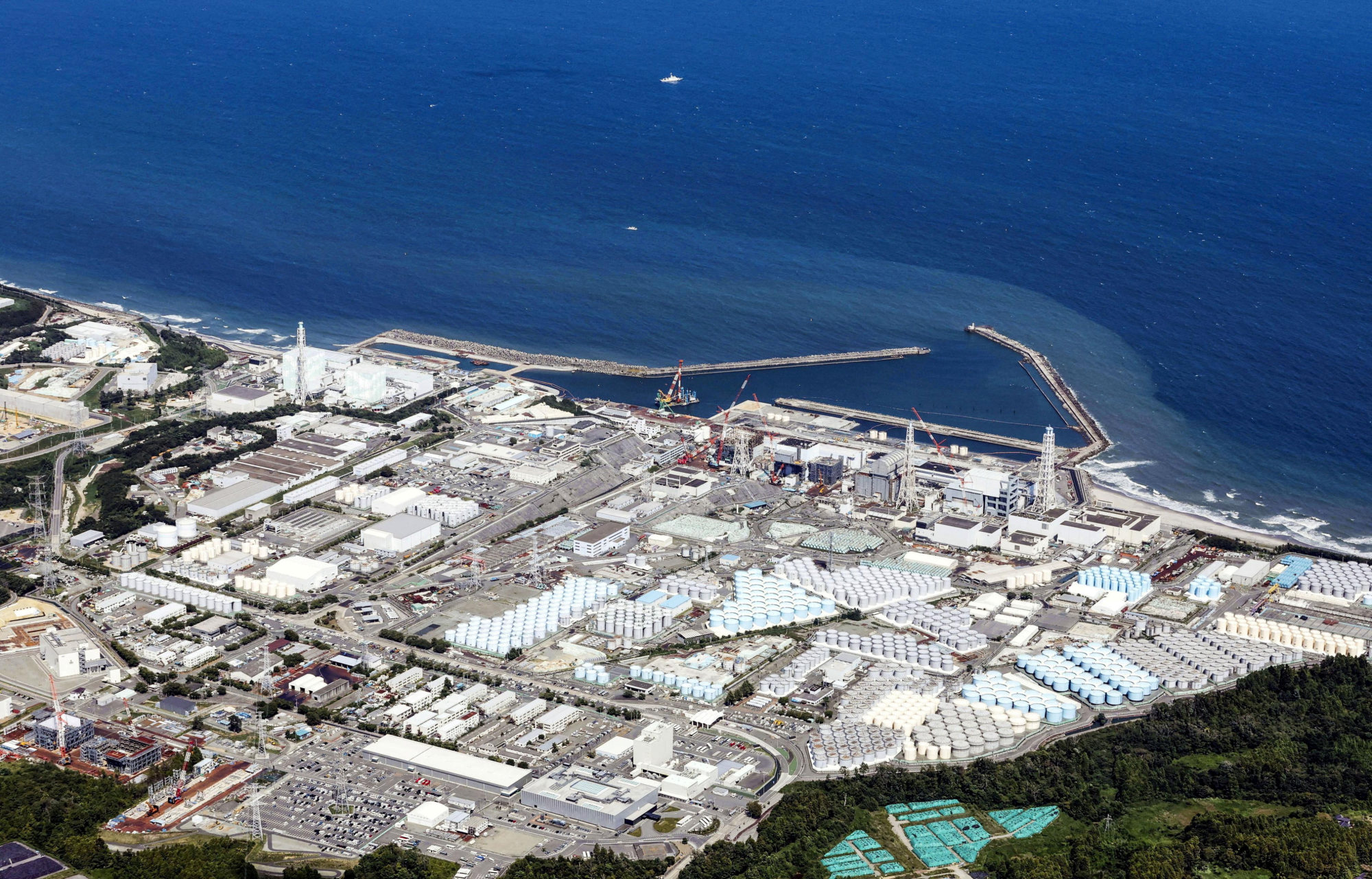
After the 2011 earthquake, Tepco discharged tonnes of untreated, highly radioactive waste water into the Pacific Ocean, drawing massive criticism.
That release led to the contamination of fruit, vegetables and seafood, causing governments around the world to ban the import of fresh produce and seafood from Fukushima and its neighbouring prefectures.
Tepco was not known for being transparent and had to fix its reputation, said Alvin Chew, a senior fellow at Singapore’s S. Rajaratnam School of International Studies who studies nuclear energy and policies.
“Even before 2011, there were some mishaps and mishandling of non-nuclear power plant operations,” he said.
Defending its action, Japan has given assurances about the thoroughness of its checks and processes.
Hong Kong Japanese say country’s seafood is safe, despite radioactive discharge
Hong Kong Japanese say country’s seafood is safe, despite radioactive discharge
Large amounts of water had been used to cool and stabilise the meltdown of three reactors. The water, contaminated with high levels of radioactive material, leaked and flooded the tunnels and underground areas of the facilities.
Japan said it had to release the waste water over the next 30 years because rainwater continued seeping into the damaged plant, filling up the storage area.
The ALPS was supposed to remove 62 radioactive elements from the contaminated water except tritium, a form of hydrogen occurring naturally in the atmosphere.
Japan has been monitoring and publishing reports of tritium levels in samples of seawater since it began releasing the waste water.
Hong Kong’s Environment and Ecology Bureau said the cooling water from Fukushima was different from that generated during the normal operation of nuclear plants as it came into direct contact with nuclear fuels.
Japan ‘dumping trash on neighbours’ doorsteps’ with discharge plan: Hong Kong official
Japan ‘dumping trash on neighbours’ doorsteps’ with discharge plan: Hong Kong official
“The discharge of such nuclear-contaminated water on such a large scale and for such a long period is unprecedented and there are no established international standards or practices for such discharge,” it said in a statement.
“There is currently no guarantee that the purification system can operate continuously and effectively in the long term and that the plan will not pose any potential risks to food safety and marine ecology.”
Professor Kenneth Leung Mei-yee, who chairs the Advisory Council on Food and Environmental Hygiene, said Tepco had only reported the levels of tritium in seawater samples, but left out other radioactive materials and seabed sediments.
Discharged waste water ‘easier to monitor’
Japan stressed that it studied the discharge plan for more than six years, and the IAEA concluded after a two-year review that the release would have a negligible impact on people and the environment.
A Japanese government task force also concluded in 2021 that releasing the waste water into the sea was the best of five options.
It found that a sea discharge would cost 3.4 billion yen, whereas vapour release would cost 10 times more.
Takashi Hibiki, a nuclear scientist at City University, said those were the only two viable options and there was a long industry track record of releasing waste water into the ocean as it was easier to monitor treatment levels.
“The reason the Japanese government didn’t choose vapour release was the difficulty of monitoring. The airstream is very difficult to predict, but ocean currents are basically very stable. Releasing it into the ocean makes it easier to monitor the treatment level,” he said.
Since Japan began releasing the waste water in August, the mainland, Hong Kong and Macau have been the only economies in the world to tighten restrictions on Japanese seafood imports.

Japan’s consul general to Hong Kong, Kenichi Okada, said he was “extremely disappointed” by Hong Kong’s ban, emphasising that the IAEA and Japanese government had acted in accordance with international scientific standards.
“So far, we have not received the scientific rationale or grounds for this measure from the Hong Kong side,” he told a media briefing.
Naoto Nakahara, the deputy consul general, told news outlet Nikkei Asia the city was “trying to win brownie points from Beijing” with its tough stance on Japan’s plan.
Environment minister Tse has insisted that food safety is the main concern in Hong Kong, as is the case for the mainland and Macau.
“Each place made decisions in accordance with their laws, procedures and food safety regulations to determine their own policies,” he said on a radio show.
Leung from the Centre for Food Safety said it was possible that Hong Kong might ease the restrictions if data from other countries importing Japanese seafood products showed no radioactive substances over the next few years.
Hong Kong supermarkets, eateries post signs stating seafood not from Japan
Hong Kong supermarkets, eateries post signs stating seafood not from Japan
Meanwhile, at Sushi Yorokobu in Causeway Bay, owner Desmond Yip has watched business slide at his 20-seat restaurant.
“We suddenly had full houses the two nights before the discharge began, with people rushing to eat sashimi,” he said.
Since then, the number of customers has halved.
“Our regular customers said they were not worried and would continue eating, but our earnings in recent weeks show that some people are really concerned,” he said.
Like other Japanese restaurants, he has had to find new sources of seafood, but remained at a loss for finding ways to persuade patrons to return.
He hoped that with the ban in place, the government could do more to reassure Hongkongers that seafood served in the city’s restaurants was safe.
“It would boost confidence if they issued certificates to restaurants that pass the test.”
[ad_2]
Source link


